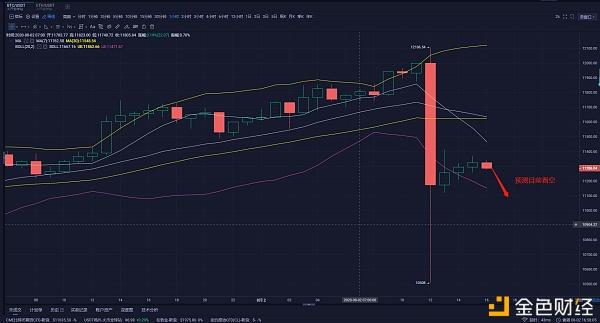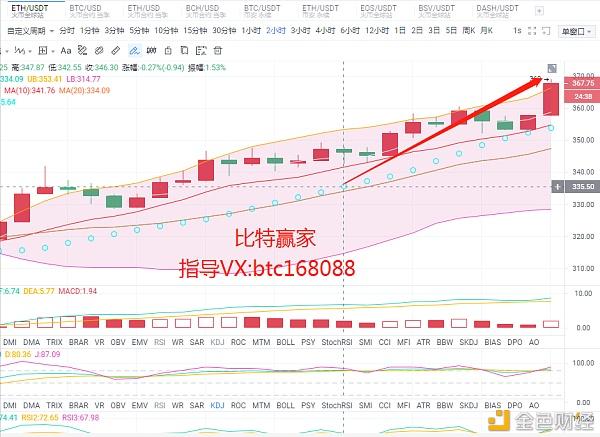
Understanding ETH: A Comprehensive Guide
ETH, short for Ethereum, is a cryptocurrency that has gained significant attention in the digital world. It’s not just a digital asset; it’s a foundational element of the Ethereum network, a decentralized platform that powers a wide range of applications. Let’s delve into what makes ETH unique and how it functions within the Ethereum ecosystem.
Technical Characteristics of ETH
Ethereum is an open-source blockchain platform that introduced the concept of smart contracts. Unlike traditional blockchains, Ethereum offers a broader range of applications and faster transaction speeds. ETH, the native cryptocurrency of Ethereum, serves as the fuel for the platform, facilitating application development and transactions.

Here are some key technical characteristics of ETH:
| Feature | Description |
|---|---|
| Decentralization | ETH operates on a decentralized network, with no central authority controlling it. All transactions and information are maintained and verified by nodes on the network. |
| Smart Contracts | Ethereum introduced smart contracts, allowing for automated contract execution on the blockchain without the need for intermediaries. This ensures reliability and fairness in contract execution. |
| Programmability | Ethereum enables developers to build and deploy a wide range of decentralized applications (DApps), catering to various industry needs and providing secure and transparent services to users. |
| Security | Ethereum employs cryptographic techniques and a distributed ledger model to ensure the security of transactions and personal information, reducing the risk of hacking or data breaches. |
Development and Evolution of ETH
Ethereum was developed by Vitalik Buterin in 2014 as a complement to Bitcoin. It was launched in 2015 and has since evolved significantly. In 2016, the Ethereum platform was hacked, leading to the loss of a substantial amount of ETH. However, the platform has since matured and stabilized, becoming a preferred platform for Initial Coin Offerings (ICOs) and other blockchain projects.
Applications of ETH
ETH has a wide range of applications, thanks to its smart contract functionality. Here are some of the key areas where ETH is being used:
-
Decentralized Finance (DeFi): Smart contracts on Ethereum enable trustless financial services, such as decentralized exchanges, stablecoin issuance, and lending platforms.

-
Digital Asset Issuance and Management: Ethereum provides tools for creating, destroying, and transferring various digital assets through smart contracts.
-
Internet of Things (IoT) Applications: Ethereum’s smart contracts can be integrated with IoT devices to enable intelligent collaboration and provide more convenient and secure IoT applications.
-
Decentralized Identity Verification: Ethereum’s smart contracts can be used to establish secure and privacy-protected digital identity solutions.
Future Prospects of ETH
The future of ETH looks promising, with several factors contributing to its potential growth. The increasing adoption of Ethereum-based applications and the growing interest in decentralized technologies are expected to drive the demand for ETH. Additionally, the transition from Proof-of-Work (PoW) to Proof-of-Stake (PoS) consensus mechanism is expected to enhance the efficiency and scalability of the Ethereum network.
In conclusion, ETH is more than just a cryptocurrency; it’s a foundational element of the Ethereum network, a platform that powers a wide range of innovative applications. Its unique features, coupled with its growing ecosystem, make ETH a compelling investment opportunity and a key player in the digital world.





